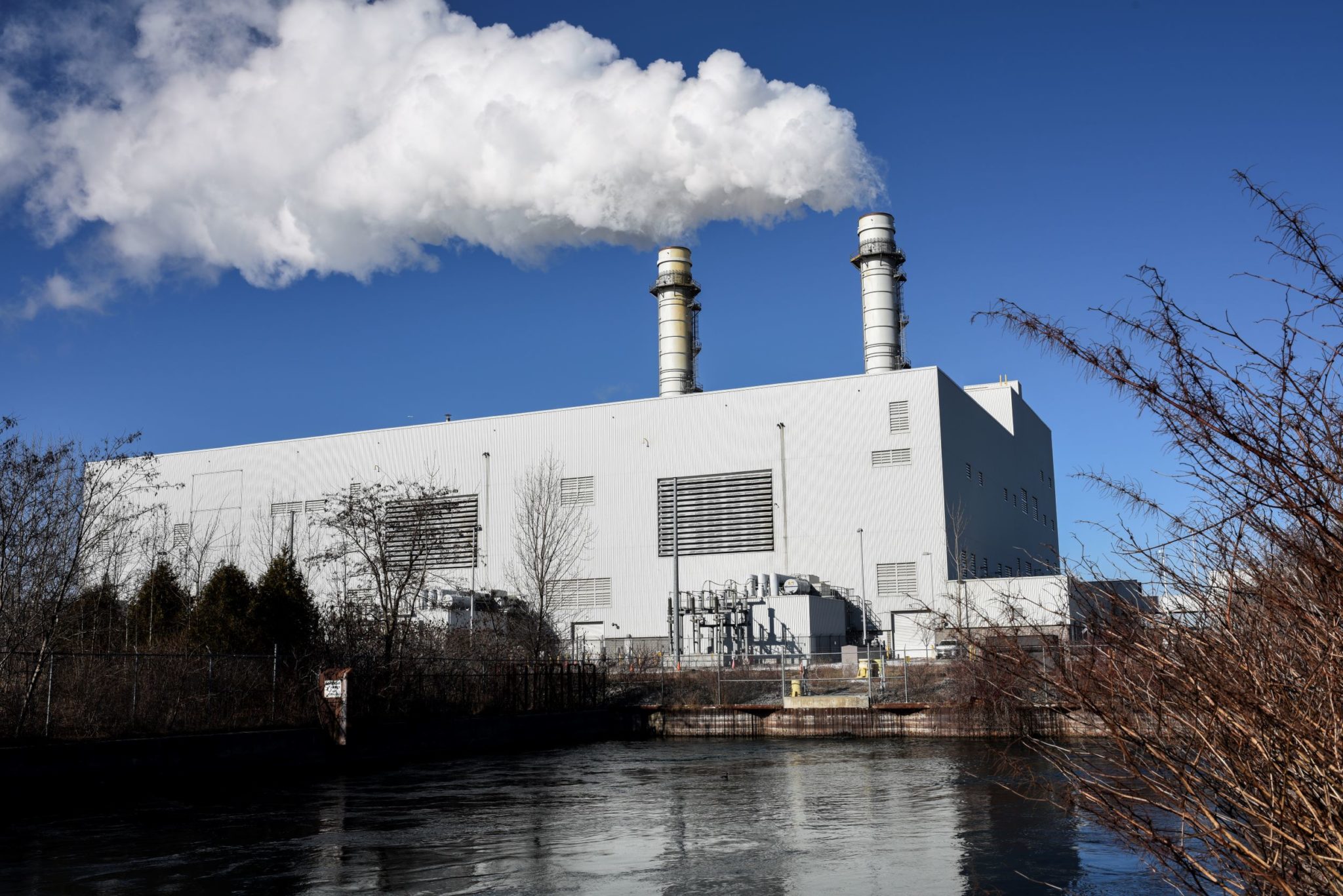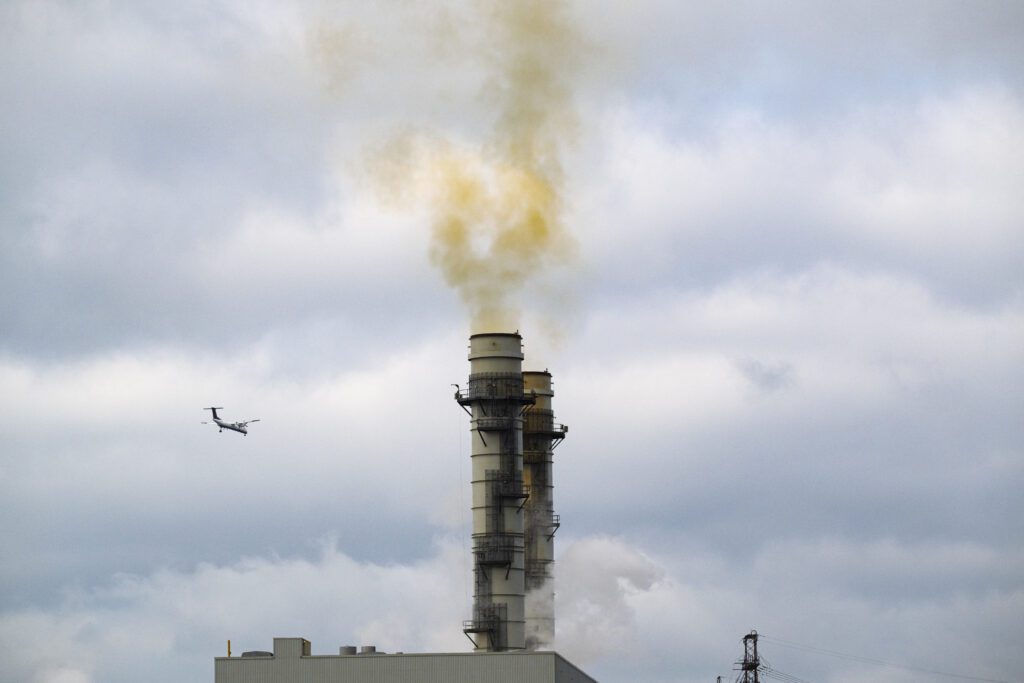Last week the Ontario government argued in court that its climate change policies are just for show and don’t actually have teeth. It’s true. We’ve said this from the start.
While the argument was being conveniently used to avoid legal obligations in a climate court case with seven youth, it also exposes the fact that Ontario doesn’t take climate action seriously, at all.
The province is doing very little to actively bring down greenhouse gas emissions and is far from reaching its weak emissions reduction target for 2030.
 The latest example of Ontario playing pretend on climate action came just over a week ago, when the province submitted an updated Emissions Performance Standard (EPS) proposal to the Federal government. The EPS is Ontario’s approach to reducing climate impacts from large industrial emitters. If it’s to stand in place of the federal program, Ontario’s plan has to meet requirements set by the “Pan-Canadian Approach to Carbon Pollution Pricing”.
The latest example of Ontario playing pretend on climate action came just over a week ago, when the province submitted an updated Emissions Performance Standard (EPS) proposal to the Federal government. The EPS is Ontario’s approach to reducing climate impacts from large industrial emitters. If it’s to stand in place of the federal program, Ontario’s plan has to meet requirements set by the “Pan-Canadian Approach to Carbon Pollution Pricing”.
While on the surface, Ontario’s new plan appears to comply with the increased Federal price on carbon for large industrial polluters, upon closer examination, it’s apparent that the price won’t apply to a big chunk of Ontario’s industrial emissions.
There are complex calculations that excuse various industrial polluters like refineries, smelters, and petrochemical manufacturers from paying for their full emissions. In fact, they may end up paying very little.
In the case of fossil gas plants, for example, a facility can pollute up to 310 tonnes of greenhouse gas emissions per gigawatt hour (t CO₂e/GWh) before it has to pay the carbon price. This is a problem because the average gas turbine in Ontario pollutes at 415 t CO₂e/GWh. That means only about 25 per cent of the emissions from an average gas plant will be charged the carbon price.
Shockingly, Ontario’s updated EPS proposal may get accepted by the Federal government later this month because country-wide guidelines are so weak. The Canadian model was recently updated, raising the percentage of priced emissions for most industries, but it leaves room for provinces to determine their own thresholds for each industrial sector and timelines for their implementation.
These lax federal guidelines shouldn’t let Ontario off the hook. As Canada’s second largest polluting province, Ontario should be doing everything it can to help meet our global climate commitments. It’s utterly irresponsible that the only plan the Ontario government has is a “glossy brochure”.









